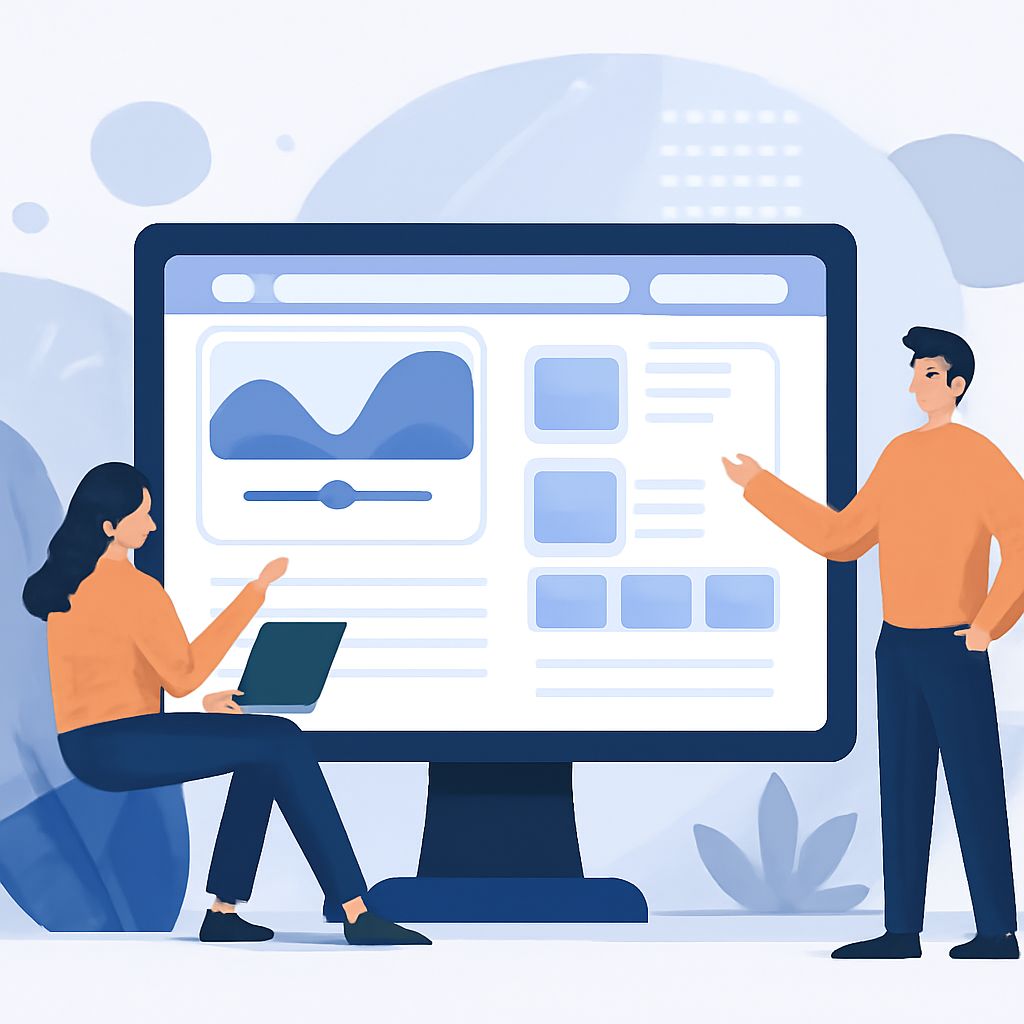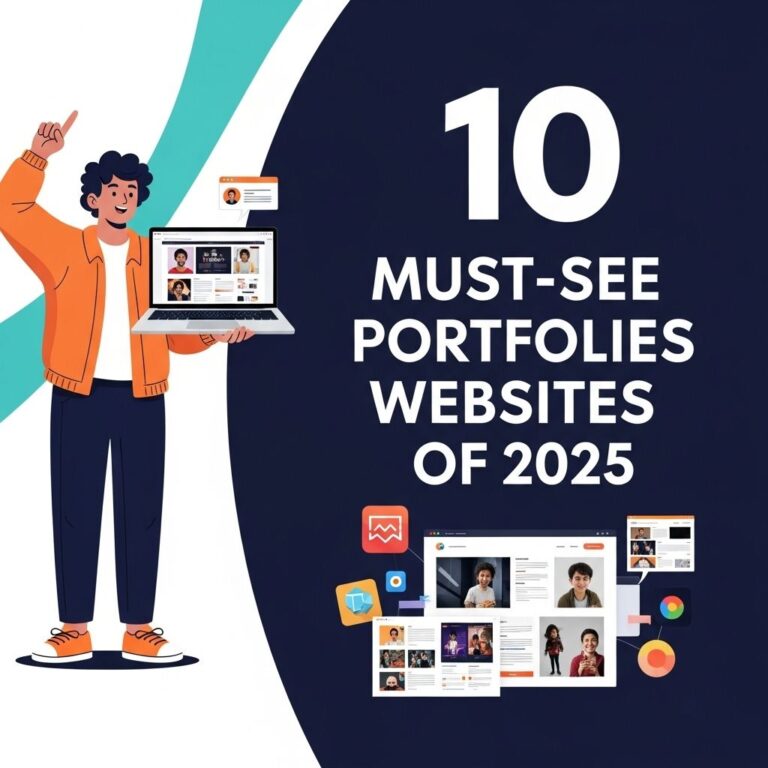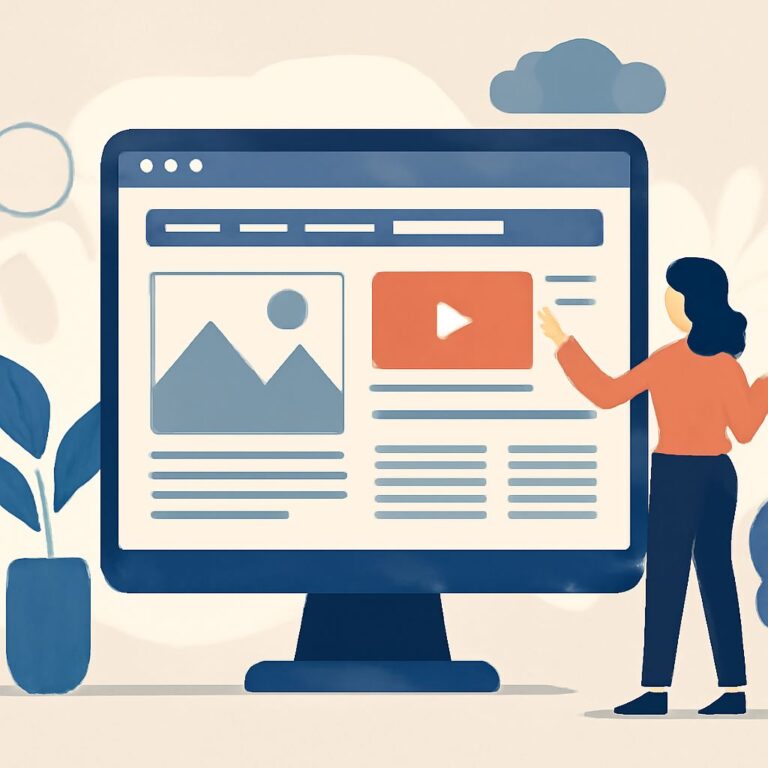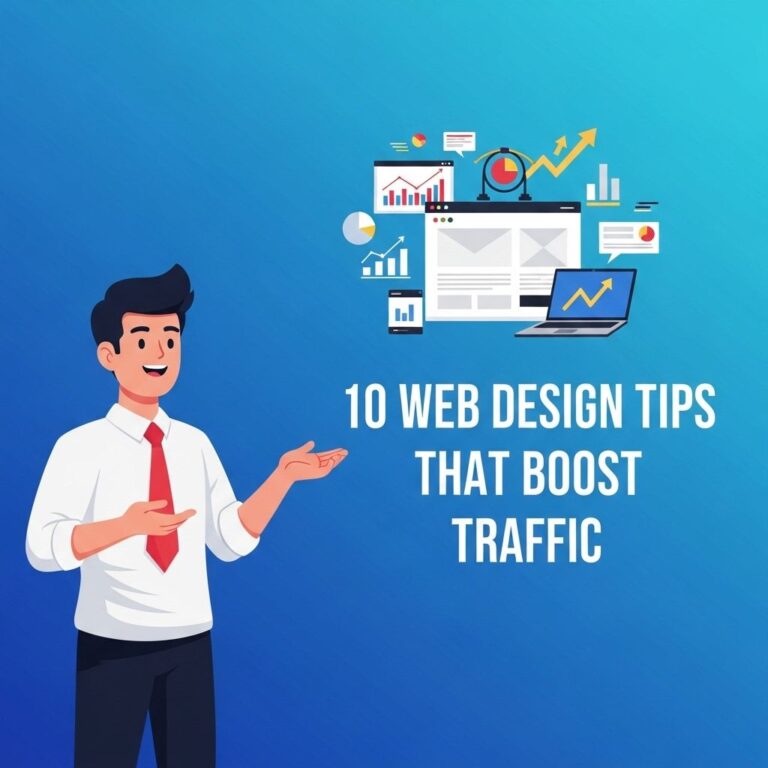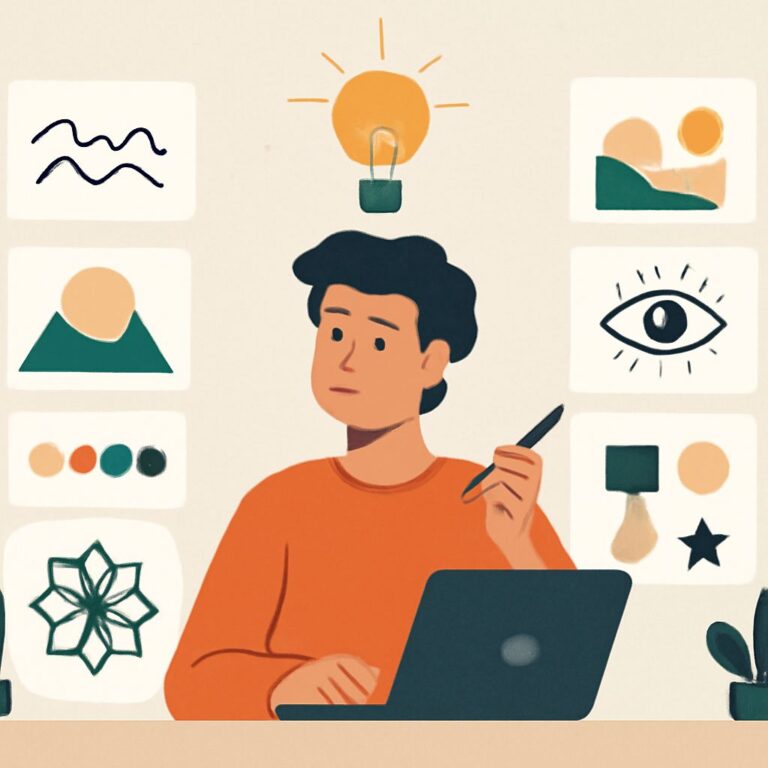Table of Contents
Introduction
The digital landscape is ever-evolving, with web design at the forefront of this transformation. As we step into 2024, new trends are emerging that promise to reshape how users interact with the web. From aesthetic innovations to functional improvements, these changes will define the user experience and set new standards in web design. In this article, we’ll explore the top web design trends to watch in 2024, providing insights into how they can be leveraged to create more engaging and effective digital experiences.
1. Minimalistic Aesthetics with Bold Typography
Minimalism continues to be a powerful trend in web design, but it’s being reimagined with an emphasis on bold typography. This approach focuses on creating a clean, uncluttered interface while using striking fonts to capture attention.
Why It Works
The combination of minimalism and bold typography helps emphasize content and improve readability. By removing unnecessary design elements, websites can load faster and function more efficiently while still delivering impactful messages through typography.
Implementation Tips
- Choose fonts that are easy to read on both mobile and desktop devices.
- Limit the use of colors to maintain a clean look, relying instead on typography for emphasis.
- Ensure that text contrasts well with the background for better accessibility.
2. AI-Driven Personalization
As artificial intelligence (AI) becomes more sophisticated, web design is increasingly incorporating AI-driven personalization to enhance user experiences. This trend uses data to create customized content and layouts for individual users.
Benefits of AI Personalization
- Improves user engagement by delivering content relevant to the user’s preferences.
- Increases conversion rates through targeted marketing strategies.
- Enhances user retention by providing a more tailored browsing experience.
Examples in Practice
E-commerce sites, for instance, use AI to suggest products based on browsing history. Similarly, content platforms might recommend articles based on a user’s reading habits.
3. Advanced Animations and Interactivity
Animations and interactivity are becoming more advanced, thanks to improvements in web technologies like CSS and JavaScript. These features add an element of fun and engagement, keeping users on the site longer and encouraging exploration.
Dynamic User Interfaces
Designers are now able to create dynamic interfaces that respond to user actions. For instance, micro-interactions provide feedback when users engage with certain elements, such as hover effects and click animations.
How to Incorporate
- Utilize CSS animations to add subtle movement to elements.
- Implement JavaScript for more complex interactive components.
- Ensure animations do not hinder performance, especially on mobile devices.
4. Sustainable Web Design
With increased awareness of environmental issues, sustainable web design is gaining traction. This trend involves creating websites that consume less energy and resources.
Key Principles
- Optimize images and assets to reduce data usage and load times.
- Use green web hosting services that utilize renewable energy sources.
- Design smaller, more efficient websites that are less resource-intensive.
Impact on SEO
Sustainability can also positively affect SEO, as search engines prioritize faster, well-optimized websites. A faster website not only boosts rankings but also enhances user experience.
5. Voice User Interface (VUI) Integration
Voice technology is rapidly advancing, and its integration into web design is becoming more common. Websites equipped with Voice User Interfaces allow users to navigate and interact using voice commands.
Advantages
- Makes websites more accessible to users with disabilities.
- Provides an alternative form of navigation for users who prefer voice commands.
- Offers a hands-free browsing experience, ideal for multitasking.
Implementation Strategy
Incorporating VUI requires understanding natural language processing and ensuring that voice commands are intuitive and easy to use. Additionally, maintaining a balance between traditional navigation and voice options is crucial to cater to all users.
6. Augmented Reality (AR) Features
Augmented Reality is no longer confined to gaming; it’s making its way into web design, offering users interactive and immersive experiences directly in their browsers.
Potential Applications
AR can be used for virtual try-ons in fashion e-commerce, visualizing products in home decor, or interactive storytelling experiences on content-driven sites.
Technical Requirements
- Use WebAR technologies that are compatible with multiple devices and platforms.
- Ensure a seamless experience with fast load times and responsive design.
- Consider the privacy and security aspects of AR implementations.
Conclusion
The trends outlined in this article are set to define the future of web design in 2024. By embracing minimalistic aesthetics, AI-driven personalization, advanced animations, sustainable practices, VUI, and AR features, designers can create websites that are not only visually appealing but also highly functional and user-centric. Staying ahead of these trends will be crucial for businesses and designers looking to maintain a competitive edge in the dynamic digital landscape.
FAQ
What are the top web design trends to watch in 2024?
In 2024, expect trends such as immersive 3D visuals, minimalistic design, dark mode, AI-driven personalization, voice user interfaces, and sustainable web design.
How is AI influencing web design in 2024?
AI is enabling more personalized user experiences through AI-driven content recommendations, chatbots, and automated design adjustments tailored to user preferences.
Why is dark mode important in 2024 web design?
Dark mode is popular for its aesthetic appeal and energy efficiency, offering users a visually pleasing experience while reducing eye strain and battery consumption on devices.
What role does sustainability play in 2024 web design?
Sustainability in web design focuses on creating websites that consume less energy, use eco-friendly hosting, and optimize performance to reduce their carbon footprint.
How are 3D visuals transforming web design in 2024?
3D visuals are becoming more prevalent, providing users with immersive experiences that increase engagement by making websites more interactive and visually appealing.
What is the significance of minimalistic design in 2024?
Minimalistic design is crucial as it enhances user experience by reducing clutter, improving load times, and focusing on essential content to convey clear and concise messages.

